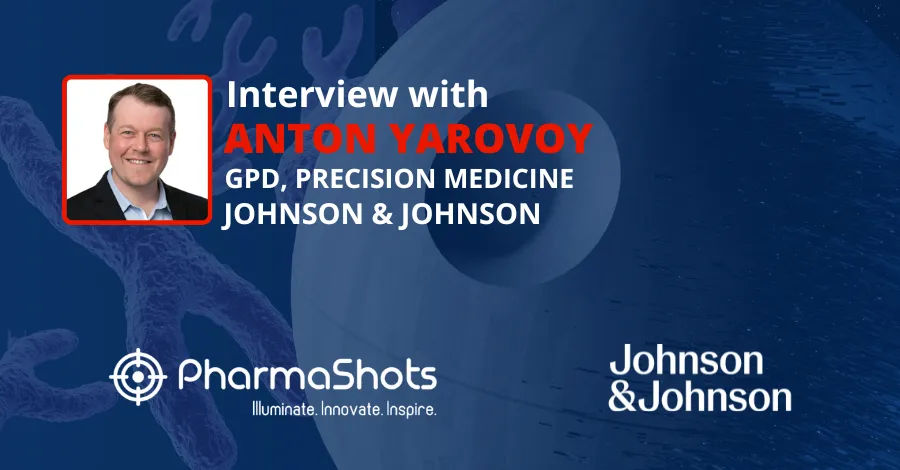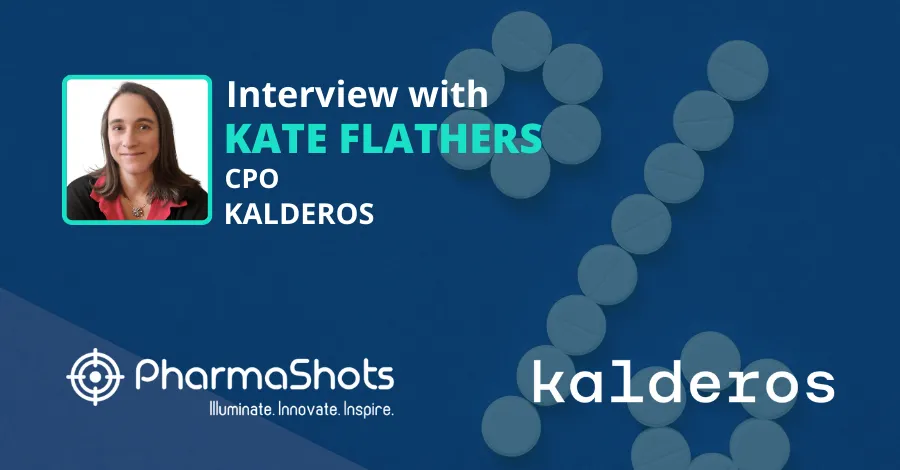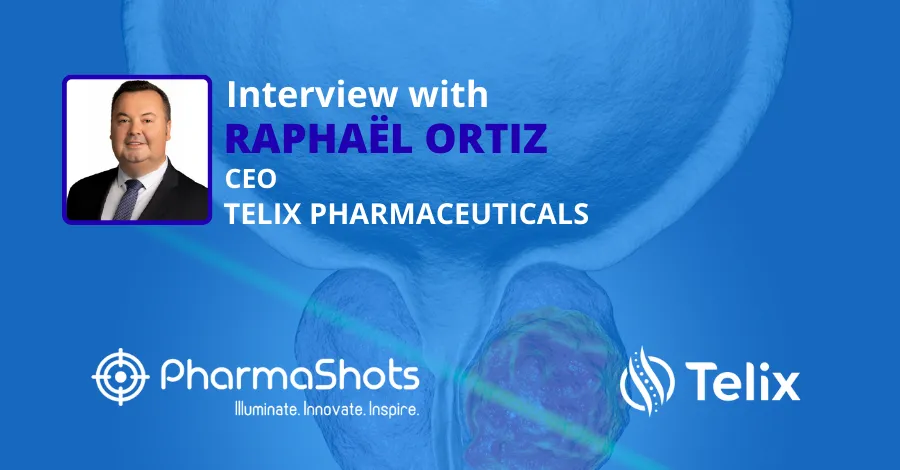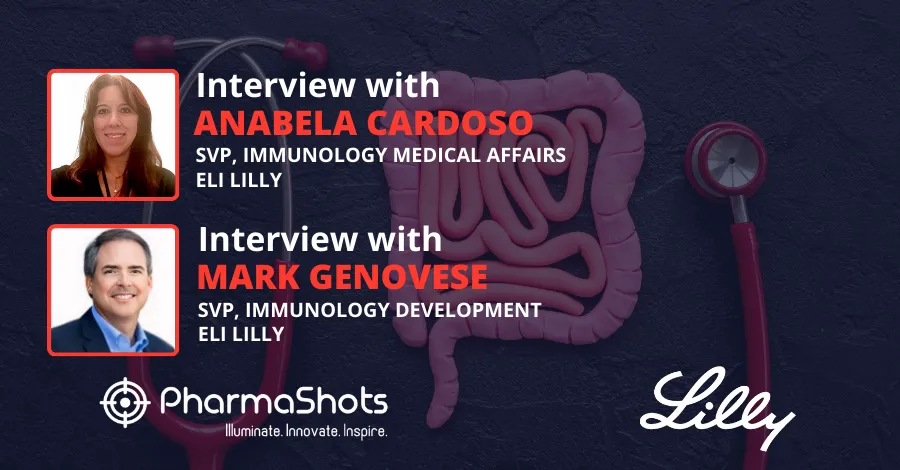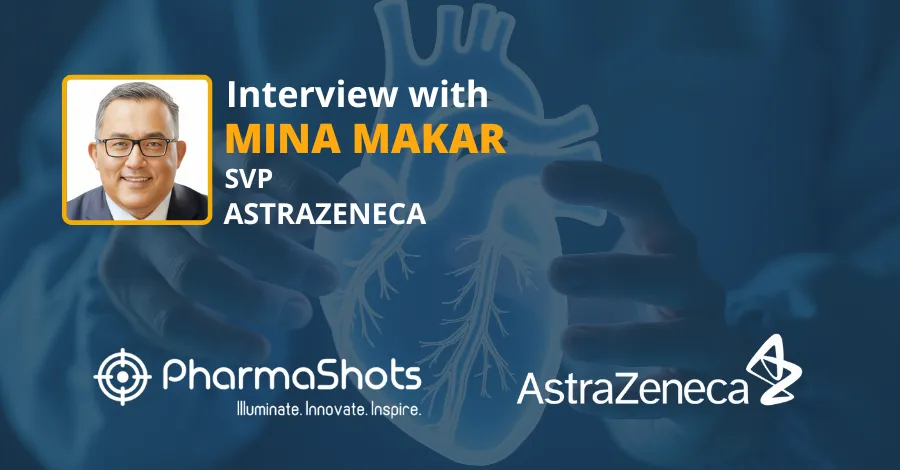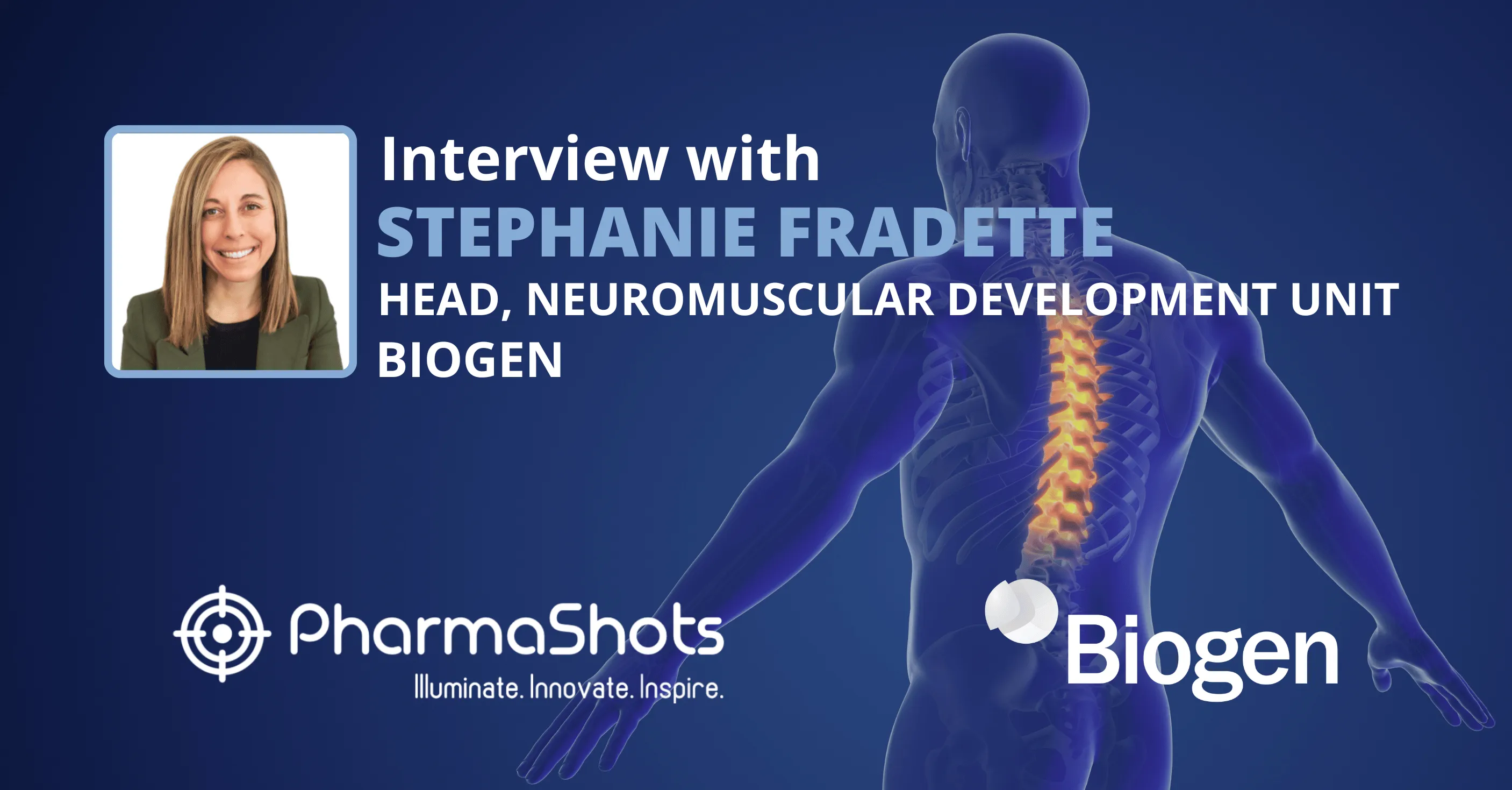
PharmaShots Interview: Abbott's Allen Burton Shares Insight on NeuroSphere myPath App
In an interview with PharmaShots, Allen Burton, M.D., Medical Director at Abbott Neuromodulation shared his views on the NeuroSphere myPath App which is designed to track and report pain relief in chronic pain patients.
Shot:
- The app will record pain relief during the device trial period with SCS or DRG therapy, simplifying reporting outcomes & connect patients to physicians who have real-time access to the data
- The app will be compatible with Abbott's Proclaim XR SCS system for patients living with chronic pain in the trunk & limbs and Proclaim DRG neurostimulation system for patients with chronic pain in the lower limbs
- The app will allow patients to use their Apple phone to connect with Abbott support, access educational resources & track the progress of their trial pain relief journey. The app is expected to be available on android devices in Q2'21
Tuba: Please highlight the specifications of NeuroSphere myPath App.
Allen: Abbott's NeuroSphere myPath app is a digital health app designed to help patients track and report on their pain relief and general well-being during a trial period of spinal cord stimulation (SCS) or dorsal root ganglion (DRG) therapy. This exciting innovation encourages patients to take control of their chronic pain by allowing them to use their Apple mobile device to connect with Abbott support, access educational resources, track the progress of their trial pain relief journey, and connect with their physician who has real-time access to this data.

Source: Abbott
Tuba: What motivated you to introduce the digital health tool in this space?
Allen: Abbott knows that clinicians are constantly in search of more intuitive tools and easy-to-use applications that enable them to provide better care for patients living with chronic pain particularly when trialing a new treatment. The COVID-19 pandemic has placed a spotlight on the need for digital and remote health tools now, more than ever. At Abbott, we're committed to helping people live the best life they can through good health. With Abbott's NeuroSphere myPath, patients will have the ability to do that by recording their pain relief during the device trial period and easily connecting with their physician.
Tuba: Can you give a glance at the working of the app?
Allen: First, the NeuroSphere myPath app receives the patient's baseline pain and allows the patient to set their own customized goals such as standing longer, walking farther, and sleeping better. Then, the app will produce a summary report based on the patient's input, which is then reviewed by physicians who can make treatment recommendations and advise a patient on a more permanent implant. This should improve both the patient and physician's insight into the patient's response to the therapy and improve communication between them. For physicians, it is an opportunity to understand the patient's journey better, while improving workflow efficiency within a busy practice environment.
Tuba: Briefly talk about the Proclaim XR and Proclaim DRG devices.
Allen: Both Abbott's Proclaim XR SCS System and Proclaim DRG Neurostimulation System use patient-friendly technology to offer therapies that are superior to traditional spinal cord stimulation[i],[ii] to assist patients battling chronic pain symptoms by stimulating the nervous system, disrupting pain signals coming from certain areas of the body to improve quality of life.
Tuba: Discuss the clinical data supporting the launch of the NeuroSphere myPath Digital Health App.
Allen: Abbott has currently run a pilot study in Australia with DBS therapy at the Queensland Brain Institute utilizing the NeuroSphere Digital Health Platform showing the feasibility of using this system. We will begin using the NeuroSphere myPath Digital Health App in the near future in select centers to ensure a smooth initial roll-out period. Two post-marketing studies using the technology are currently planned for next year (one for DBS and one for chronic pain called the ROAM studies) to validate the initial pilot work, on a larger scale.
Tuba: Are you planning to launch the app in other geographies also?
Allen: We are continuously looking at ways to expand Abbott's ability to provide relief for those suffering from chronic pain. At this time, we are focused on the use of the app in the U.S.
Tuba: What next we can expect from Abbott's chronic pain portfolio?
Allen: Abbott is working to make digital and remote health options available to better connect providers and patients across all of its therapies, including neuromodulation devices. In May 2020, Abbott launched the NeuroSphere Digital Care connected care management platform, which is designed to optimize care for chronic pain and movement disorders. The timing was right in the midst of the pandemic to ensure Abbott is keeping up with the needs of patients and physicians.
This includes apps (e.g., Patient Controller app, myPath app) that can be directly downloaded on a patient's smartphone to help them control their therapy, objectify their condition, track/report pain to make neuromodulation therapy as personalized as possible, Abbott is also exploring game-changing advancements in battery life, waveform types, stimulation targets, and connectivity options.
Tuba: What is the role of Neurostimulators in the management of Chronic pain?
Allen: Neurostimulators deliver low-intensity electrical impulses to nerve structures to disrupt pain signals.[1] With this technology, neurostimulators allow people living with chronic pain to participate in everyday activities while bettering their quality of life.
Tuba: What are the multiple educational programs Abbott is working on to improve the QoL of patients?
Allen: With Abbott's NeuroSphere MyPath app, not only will patients have the ability to access specific educational resources, but they will be able to use their device to connect with Abbott support and learn how to track and report pain through this hands-on approach.
Tuba: Is there something you want to tell our readers about your upcoming projects?
Allen: In the future, we envision that this app will continuously be enhanced to support patients through the entire SCS or DRG treatment process. Patient outcome tracking, including changes in pain relief, emotional well-being, and activity levels will provide physicians with an ongoing comprehensive report on how patients are responding to the therapy. Additionally, we've seen how the current digital healthcare landscape has revolutionized our ability to provide direct care for patients whenever they need it, so we're working to expand our digital health platform to other areas in the near future.
Main Image Source: University of Colorado School of Medicine
References:
[i] Deer T, Slavin KV, Amirdelfan K, et al. Success Using Neuromodulation with BURST (SUNBURST) Study: Results From a Prospective, Randomized Controlled Trial Using a Novel Burst Waveform. Neuromodulation. 2017;20(6):543-552.
[ii] Abbott. ACCURATE Study: A Prospective, Randomized, Multi-Center, Controlled Clinical Trial to Assess the Safety and Efficacy of the Axium Neurostimulator System in the Treatment of Chronic Intractable Pain.
[ii] What to expect from neurostimulation: Abbott Neuromodulation. (n.d.).
Related Post: ViewPoints Interview: ViiV Healthcare's Max Laitaillade Shares Insight on Rukobia

This content piece was prepared by our former Senior Editor. She had expertise in life science research and was an avid reader. For any query reach out to us at connect@pharmashots.com





